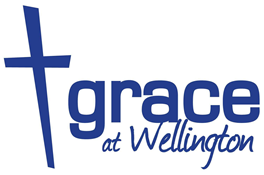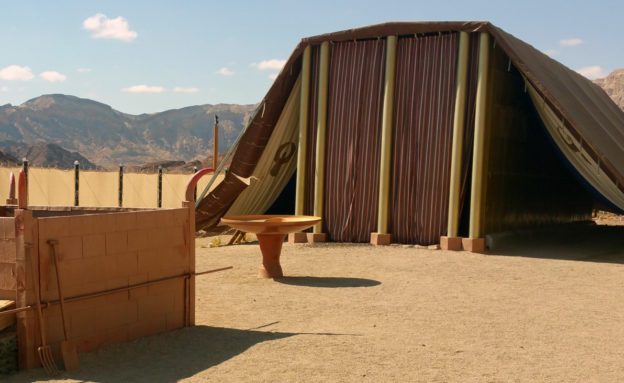Read Exodus 38
Many homeowners today spend significant time and resources developing the outsides of their houses. Gone are the days of cricket field size lawns, mowed in elegant stripes. In, apparently, are different areas for outdoor entertainment, relaxation, gardening, and a play area. Each of these areas serve a purpose in the homeowner’s life and what is important to them.
The outside of God’s House was also carefully landscaped to reveal what is important to God and teach Israel what they needed to know about living in his midst. In chapter 38, Exodus records the construction of the outside court of the Tabernacle. All of the elements emphasise the need for cleansing and forgiveness to enjoy God’s presence, and point forward to Jesus who makes that happen.
The first item built and installed for the Tabernacle’s landscape design was the altar. As with the items constructed for inside, the altar was constructed from acacia wood, but with a less valuable bronze plating (since it is further from God’s presence). It was about 2.3 metres long and wide, and 1.35 metres high, designed to be portable on poles (vv.1-7).
The altar was effectively a grill, though it was not used for entertaining visitors and mandatory tong test clicks, but for offering sacrifices to God. Here, the various sacrifices required by God for atonement, to recognise the new state of peace and fellowship, to recognise guilt and inadvertent sin were offered.
Next was a bronze basin, which was used by the priests to cleanse the blood off their clothes as they ministered in the grounds and in the Tabernacle tent (v.8). Interestingly, this basin was made “from the mirrors of the ministering women who ministered in the entrance of the tent of meeting” (v.8).
While we know little of the job of the ministering women, we do know that the mirrors they offered up were part of the plunder from Egypt, and very costly. Egypt was noted for its polished bronze mirrors, which allowed a person to gaze upon themself. Yet these women saw greater value in offering up these expensive mirrors to God’s service and the cleansing which the basin communicated, than their own gaze
The next item listed in the construction list is the fence, which defined the courtyard of the Tabernacle grounds and restricted access (vv.9-20). This fence was not wood palings but fine linen, with pillars and bases made from bronze and silver. This set apart the space which belonged to God and was set apart for holy use from the common parts of the Israelite camp.
The one and only entrance (vv.18-20) was designed to look like the inside of the Tabernacle. Through that one entrance was the way into God’s presence.
All this landscape design did not come cheap. No surprises there (been into a hardware store lately?). It was all constructed from contributions by the Israelites, and records were kept by command of Moses (v.21). It was used for the construction programme led by Bezalel and Oholiab (vv.22-3).
So how much precious material went into this work? Firstly, “the gold from the offering, was twenty-nine talents and 730 shekels, by the shekel of the sanctuary” which is approximately 1,000 kilograms, or nearly $90 million worth today.
Secondly, about 3,500 kilograms of silver (worth about $4 million today) which came from the census tax paid by all men twenty and over (vv.25-28). This silver was progressively used as the census took place and the tax was paid.
Thirdly, around 2,400 kilograms of bronze was also collected and used for various parts of the construction projects (vv.29-31). This included the polished bronze mirrors which became part of the basin.
All of these items taught Israel, and remind us of our need for Jesus to pave the way for fellowship with God. The altar provided burnt offerings to God, which pointed forward to the only truly acceptable sacrifice for sin, Jesus (because the blood of animals cannot take away sins, Hebrews 10:4). We cannot come to God without our sin being dealt with, and the only way it can be dealt with is through the shedding of Jesus’ blood on the Cross as a sacrifice in our place.
The bronze basin reminded us that to come into God’s presence, we must be cleansed. This same picture is conveyed today in Baptism, when the sprinkling or pouring of water symbolises (amongst other things) the cleansing of passing through judgement from death to life in Christ, for all who truly believe.
The fence and the entrance remind us that there is only one way to enter into God’s presence. We enjoy a foretaste of the presence and fellowship with God we will experience in Heaven today through Jesus, just as the Israelites experienced a foretaste passing through the entrance into the Tabernacle.
How should we respond to this? Much like the ministering women! We all have a place and part to play in generously and sacrificially serving and contributing to God’s Temple on earth today – the Church.

